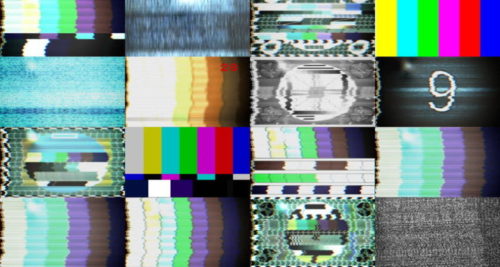HITS

Technicolor’s Woods Describes How Streaming is Driving Surging Volume of Content Production
Story Highlights
Today’s television landscape has never been richer, as the sheer volume of shows – many created exclusively for streaming media providers – creates a conundrum of choice for consumers who have unprecedented access to a vast array of high-quality movies and episodic series, according to Brady Woods, VP of production services at Technicolor in a podcast interview for journalists.
“Netflix alone is working to produce over 600 original titles for next year and hoping to create as many as 800 original titles per year by 2020,” Woods said. “The streaming service providers – including, of course, Amazon – now behave like super studios. They’re putting out almost three times the content of the traditional studios.”
The trend is terrific news for the community of post-production and VFX artists and technologists that are now being tasked with bringing theatrical production values to series like Netflix’s “Stranger Things,” and “Narcos,” as well as Amazon’s “Mozart in the Jungle,” and “Man in the High Castle.”
However, meeting the demands for these high-end productions is placing stress on traditional workflows. As a result, we are seeing as much creativity taking place in the design of processes — to meet tightening deadlines without compromising quality — as we are in the artistic output of these popular and critically-acclaimed series.
“Every single week new content is released. Technicolor is constantly finishing productions for worldwide distribution. And to meet the demands for how audiences now want to consume – let’s say a 13-episode series – we have to turn in the episodes all at once … with all that it entails. The entire series has to be localized, marketed and translated, often, into over 30 languages.”
This represents a major break with our not-so-distant past. Where once the industry operated to a seasonal rhythm, today the flow of content is constant.
“From a visual effects and post production stand point, that means we have to be as nimble as possible and moving as fast as possible,” says Woods.
 The ramifications of the new streaming-media-influenced entertainment sector extends beyond simply meeting a higher number of more complex deadlines. The key performance indicators for what constitutes success and failure are also being radically altered.
The ramifications of the new streaming-media-influenced entertainment sector extends beyond simply meeting a higher number of more complex deadlines. The key performance indicators for what constitutes success and failure are also being radically altered.
“Consider how the metrics have changed,” Woods said. “The overnights, for example, are no longer fully dependable for defining the value of content. In today’s world, a standard TV show can debut on a network and get an overnight rating; however, the rating can triple or quadruple once the show is available on Hulu for an extended period of time.”
These are among the growing pains that the entire entertainment ecosystem has to address. But in return, companies like Technicolor get an opportunity to engage with the hottest emerging creative talent and the most compelling technologies.
“The rise of streaming media has opened the door to so many interesting creative voices in the storytelling community. And what we are seeing is that these new filmmakers want to try new things, push new boundaries, and shoot their content with every cutting-edge camera possible,” says Woods.
“In response, Technicolor has to equally innovative by being on the forefront of technology. We have to be responsive so we can empower the film makers and deliver their content to market at the highest level of color, sound and visual effects quality.”
To listen in on the entire interview with Brady Woods, click here.









